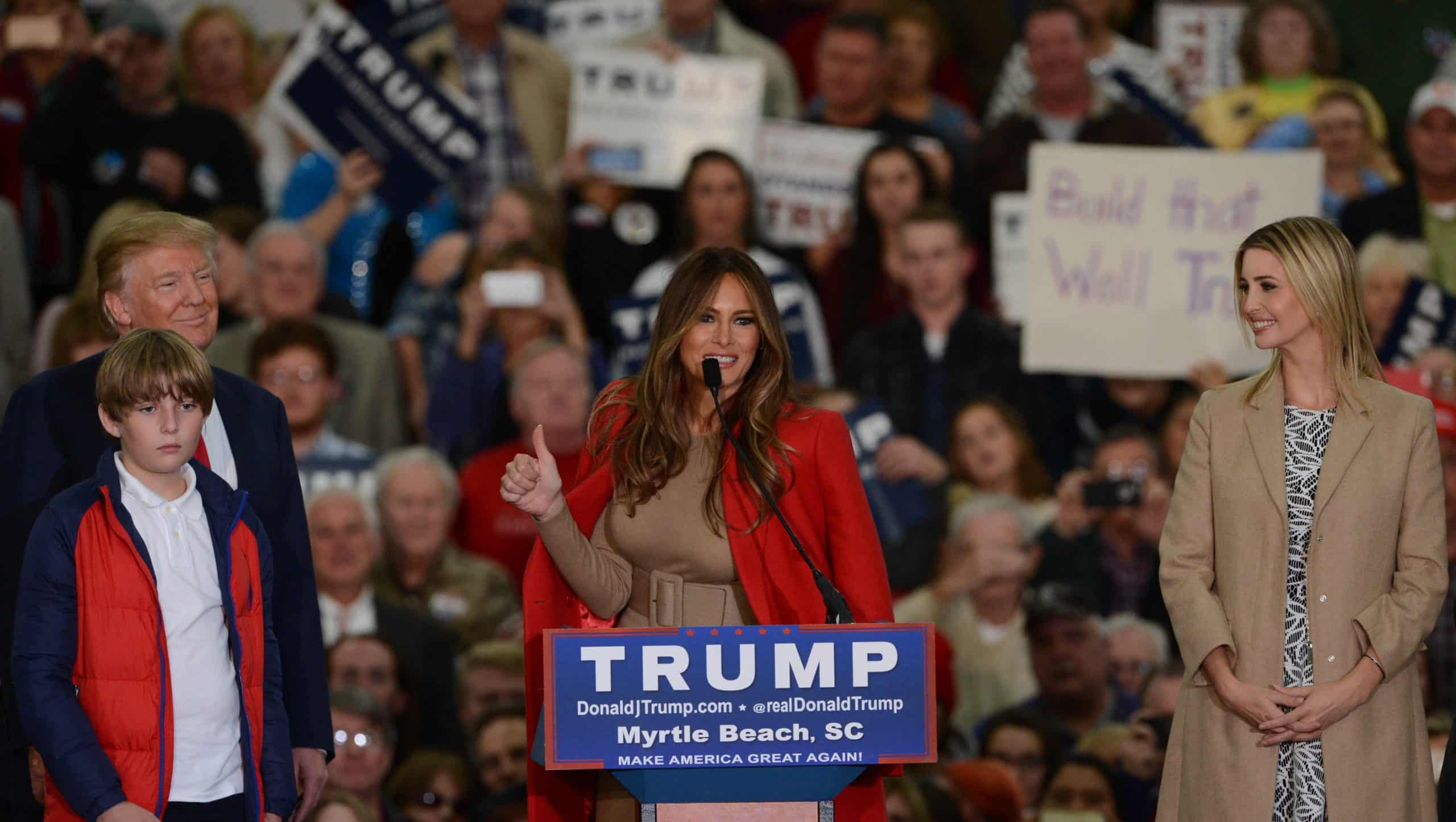
Melania Trump Accidentally Violated NASA Policy With Her New NFT Drop, But It’s Nothing New For NFTs
Former First Lady Melania Trump seems to have accidentally broken NASA policy with her most recent NFT collection termed ‘Man on the Moon.’ The collection is small with only 500 NFTs, each featuring a 1969 picture of astronaut Buzz Aldrin on the moon.
The collection is not Trump’s first nor is it her first NFTs with USA Memorabilia, a website dedicated to selling hokey patriotic NFTs.
Is Melania Trump in Trouble With NASA?
NASA is touchy with others its symbols including its Insignia (called the blue ‘meatball’ logo), its Logotype (called the ‘worm’ logo), and its Seal stating plainly that they may not be used for any purpose without its explicit permission.
However, when it comes to content such as the 1969 image of Buzz Aldrin, it’s a bit less clear. NASA images should be and mostly are in the public domain. In its multimedia guidelines it explicitly says that NASA content including images, audio, video, and 3D model computer files “generally are not subject to copyright in the United States. You may use this material for educational or informational purposes, including photo collections, textbooks, public exhibits, computer graphical simulations and Internet Web pages. This general permission extends to personal Web pages.”
However, when it comes to commercial purposes (such as selling NFTs), NASA’s guidelines clearly state that anyone wishing to use NASA imagery, emblems, or identifiers on merchandise have to seek approval from NASA. Furthermore, it says that strict laws and regulations govern this process.
Trump’s NFTs are almost certainly considered merchandise as they are “goods to be bought or sold. ” The question remains whether she asked the agency for permission or not but it seems unlikely because of yet another NASA policy.
NASA recently came out and said that it doesn’t “wish for its images to be used in connection with NFTs” and that it wouldn’t be “approving any merchandising applications” related to NFTs. Credit was also not given to NASA anywhere on the website page, which is yet another requirement for use of NASA images.
The guidelines also state that if the image contains “an identifiable person,” those looking to use it for commercial purposes need to obtain their permission first. This is a bit of a tossup as the astronaut in the image is well known to be Buzz Aldrin but he isn’t obviously identifiable. The NFTs make it worse by adding his famous quote to the back of the NFTs: “One small step for a man, one giant leap for mankind.”
While Trump may have broken a few NASA policies with this collection, it seems unlikely that much will come of it. A measly 43 of the 500 NFTs have sold at the time of writing at a price of $75 each. If NASA wants to claw back that $3,225, it may be able to, but chances are that it’s not worth it.
Copyright Disputes Are All-Too-Common In NFTs
Success in NFTs can often come from simple ties to large or popular brands, organizations, or individuals. The idea is that if the collection is tied to some large base of people, there will be more people to buy the NFTs, driving the price up.
This has led to a multitude of NFT collections infringing on the copyrights of major brands or individuals. Some just make suggestive comments to make their community think that they have massive connections too.
It’s also just incredibly easy to shove one or more IPs into a collection and sell it, calling them ‘derivative’ NFTs, despite the copyright issues. In 2021, when NFTs were at their peak, this worked quite a few times. One of the most ridiculously egregious was a small collection called “Cat Bricks.” The NFTs were a simple amalgamation of 2 major brands: LEGO and Cool Cats (one of the top NFT collections at the time).

The collection was just 10,000 Lego versions of Cool Cat NFT characters with a few unique traits. Some said that the logo on the astronaut Cat Brick NFTs was also heavily based on an older version of NASA’s meatball logo, even though it wasn’t identical. Cat Bricks saw decent success, likely due to the IP that it copied, and eventually shut down, claiming that it was receiving threats over copyright lawsuits.
Related Articles:
- Trump NFTs Are Back But They Aren’t Donald’s This Time – Melania Releases July 4th NFTs
- Best New NFT Projects for 2023
- NASA Launches Mission to Quadrillion-Dollar Asteroid, Signaling Great Progress in Asteroid Mining
What's the Best Crypto to Buy Now?
- B2C Listed the Top Rated Cryptocurrencies for 2023
- Get Early Access to Presales & Private Sales
- KYC Verified & Audited, Public Teams
- Most Voted for Tokens on CoinSniper
- Upcoming Listings on Exchanges, NFT Drops